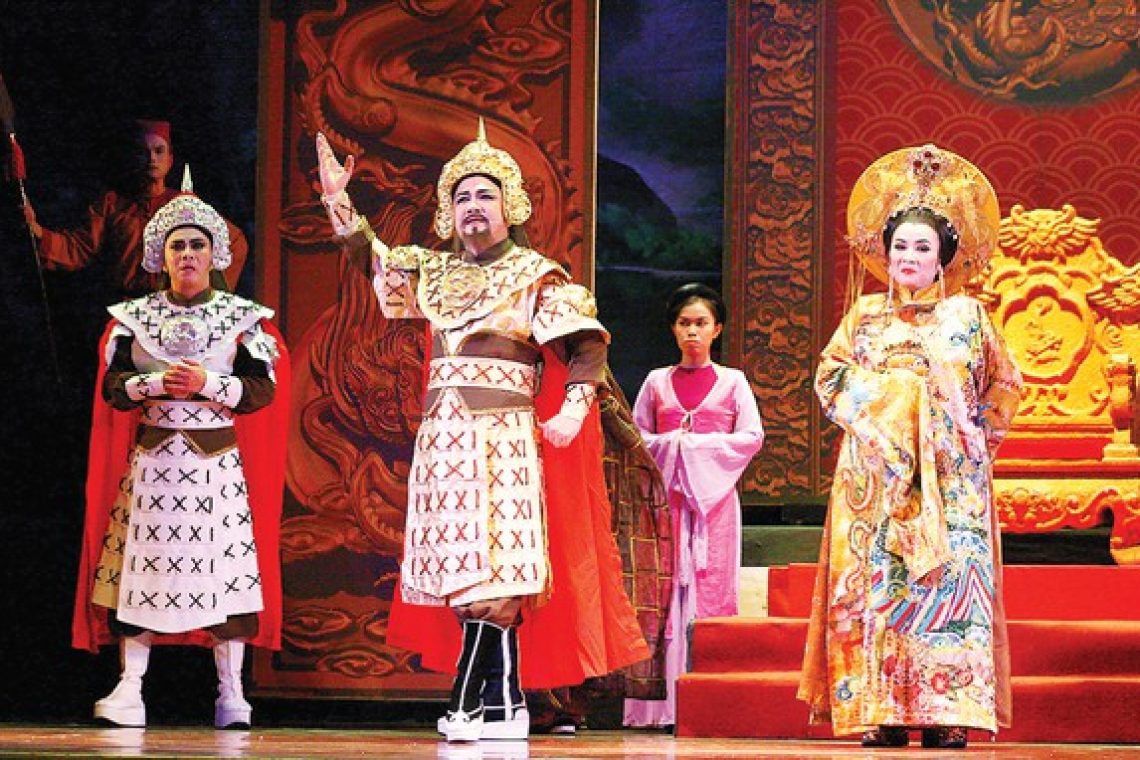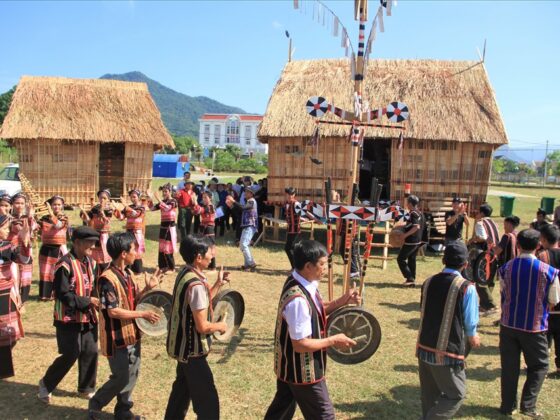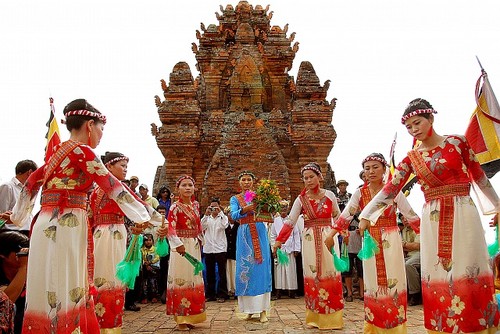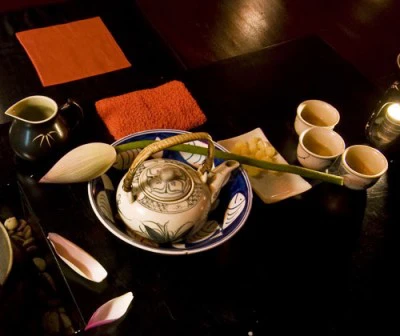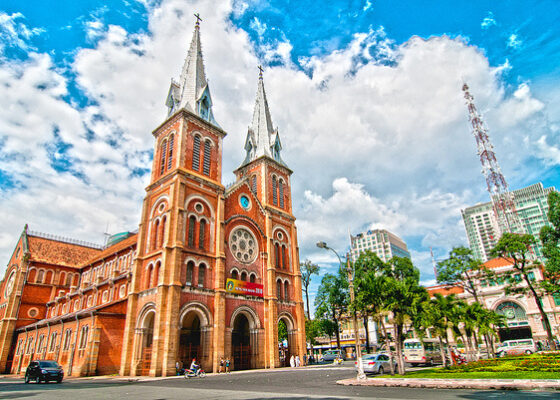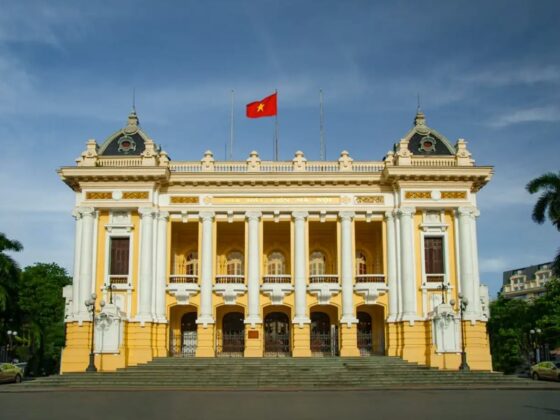Table of Contents Show
✍️ AI is summarizing:
Vietnamese folk music is a vibrant tapestry of sounds and stories that reflects the country’s rich cultural heritage. With its diverse genres and deep-rooted traditions, folk music plays a vital role in the lives of the Vietnamese people, serving as a medium for storytelling, cultural expression, and community bonding. From the haunting melodies of ca trù to the lively rhythms of cải lương, each genre offers a unique glimpse into the soul of Vietnam.
Read more interesting posts:
- The Ao Dai: A Timeless Symbol of Vietnamese Culture & Traditional Dress
- Vietnamese Calligraphy: The Meaning, Art, and Tradition of Thư Pháp
- Vietnamese Conical Hat: The Story and Symbolism of the Nón Lá
How ca trù represents the ancient art of Vietnamese folk music
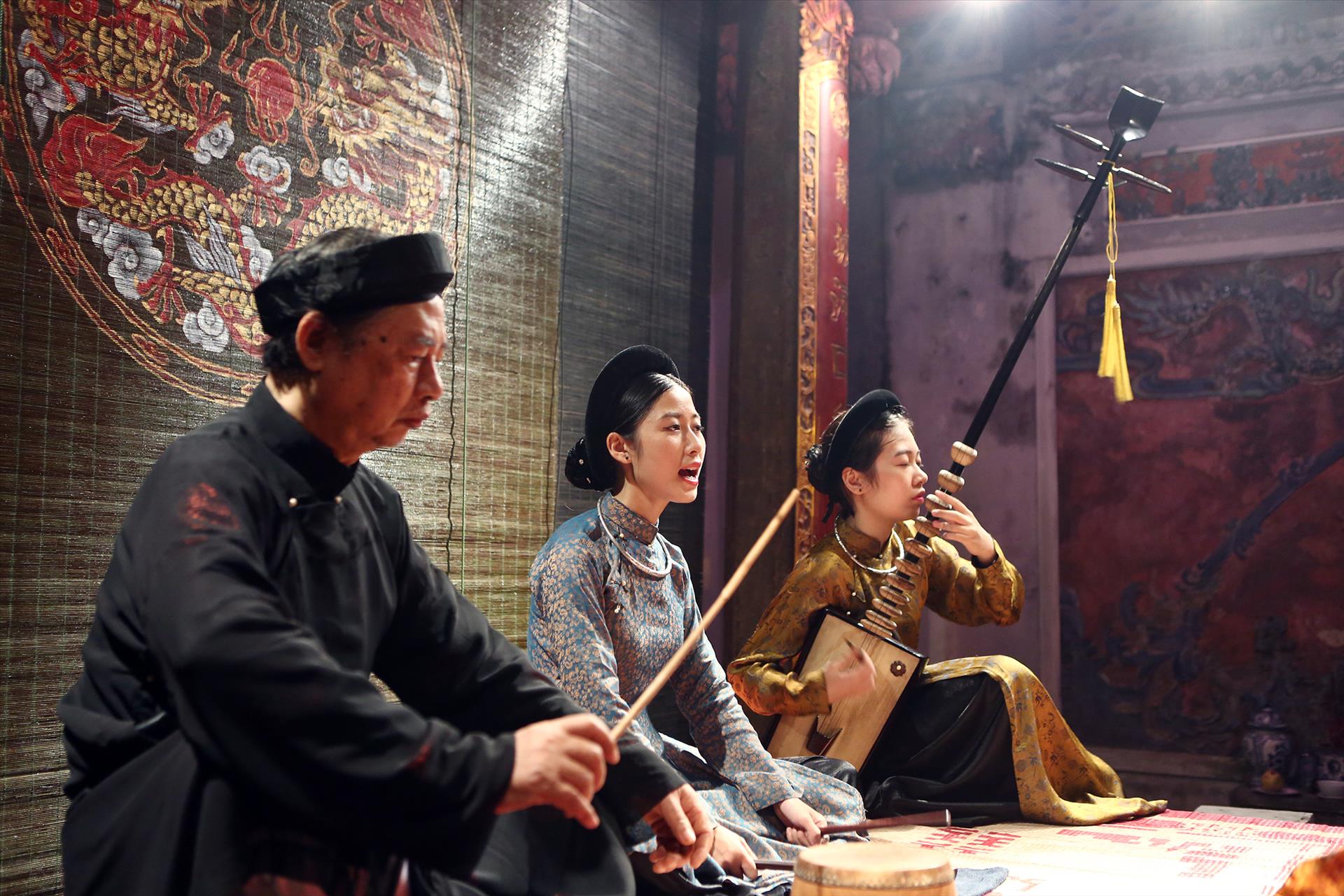
One of the most revered forms of Vietnamese folk music is ca trù, which dates back to the 11th century. This genre is characterized by its poetic lyrics, intricate melodies, and the use of traditional instruments such as the đàn đáy (a three-stringed lute) and the trống (drum). Ca trù was historically performed in royal courts and during social gatherings, showcasing the talents of skilled singers and musicians.
The beauty of Ca Trù lies not only in its musicality but also in its storytelling. The lyrics often explore themes of love, loss, and the complexities of life, resonating deeply with listeners. This reverence within the broader landscape of Vietnamese folk music has led to its recognition by UNESCO as an Intangible Cultural Heritage, highlighting its significance in preserving Vietnamese culture.
Exploring cải lương, the modern opera of Vietnamese folk music

In the rich world of Vietnamese folk music, another popular genre is Cải Lương, a form of modern folk opera that emerged in the early 20th century. Combining traditional folk melodies with contemporary themes, Cải Lương has become a beloved entertainment form in Vietnam. The performances often feature elaborate costumes, theatrical storytelling, and a blend of spoken dialogue and song.
Cải Lương addresses a wide array of topics, from historical events to social issues, making it relevant to contemporary audiences. The genre allows artists to explore cultural narratives while entertaining audiences with engaging stories. Performers undergo extensive training to master the art of Cải Lương, ensuring that each performance is a captivating experience.
Understanding the cultural expression in Vietnamese folk music
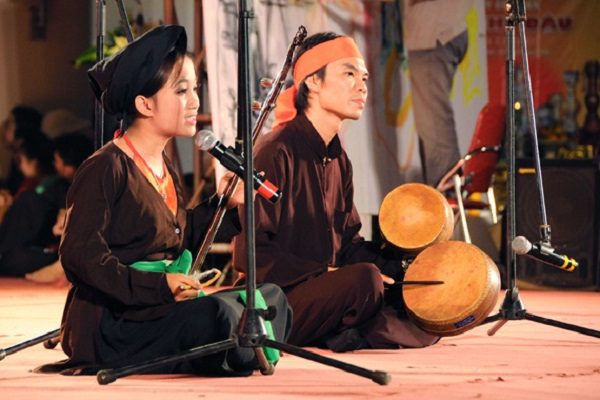
Vietnamese folk music serves as a powerful means of cultural expression, preserving traditions and values that have been passed down through generations. During festivals, weddings, and other community gatherings, folk music brings people together, fostering a sense of unity and belonging. The songs often reflect the agricultural lifestyle of the Vietnamese people, celebrating the beauty of nature and the rhythms of rural life.
In rural areas, folk music is often performed by local artists, who draw inspiration from their surroundings and daily experiences. This connection to the land and community enriches the music, making it a living expression of Vietnamese identity. As younger generations embrace these traditions, they continue to find new ways to incorporate folk music into modern life, ensuring its relevance in a rapidly changing world.
Why preserving the heritage of Vietnamese folk music is essential
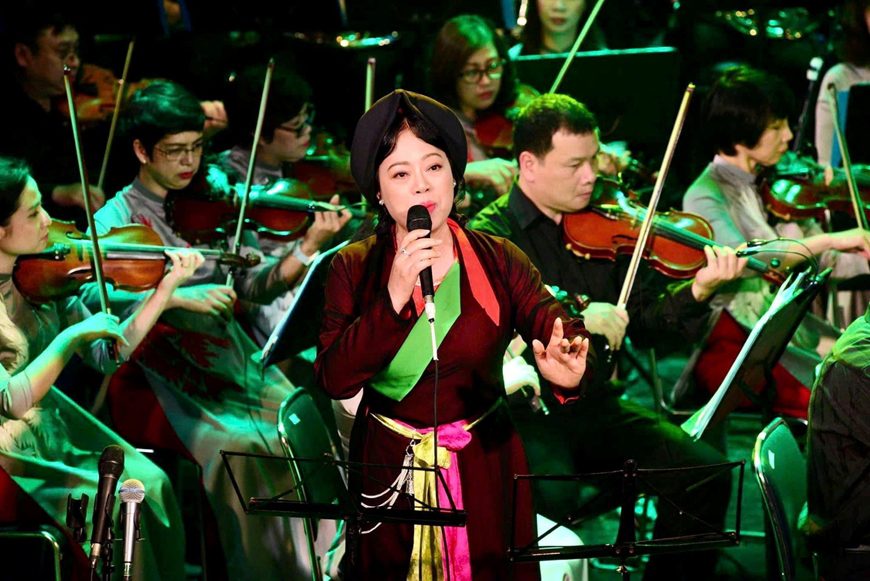
Efforts to preserve and promote Vietnamese folk music are essential for maintaining this cultural legacy. Organizations and cultural institutions work tirelessly to document and teach these musical traditions, providing workshops and performances that engage audiences of all ages. By fostering appreciation for folk music, they ensure that its vibrant sounds continue to resonate for years to come.
Conclusion
Vietnamese folk music is a rich and dynamic art form that embodies the spirit of the nation. Through its diverse genres, such as ca trù and cải lương, it tells compelling stories and connects people to their cultural roots. As a living tradition, folk music not only entertains but also preserves the values and narratives that define Vietnamese identity. Embracing this heritage allows future generations to celebrate their past while shaping their cultural future.
Ready to explore more of Vietnam’s rich culture? Join the ExoTrails Facebook Group to connect with fellow travelers and like our ExoTrails Fanpage for daily travel inspiration and tips!
FAQs
What is the traditional folk music of Vietnam?
Traditional Vietnamese folk music is a diverse art form deeply connected to rural life, storytelling, and community gatherings, with different genres specific to various regions of the country.
What is Ca Trù and why is it important?
Ca Trù is an ancient form of chamber music featuring a female vocalist and unique instruments. It is important for its poetic storytelling and has been recognized by UNESCO as an Intangible Cultural Heritage.
What is Vietnamese opera called?
The most popular form of Vietnamese modern folk opera is called Cải Lương, which combines traditional melodies with contemporary theatrical storytelling.
What instruments are used in Vietnamese folk music?
Common instruments include the đàn đáy (a three-stringed lute), trống (a drum), đàn tranh (a zither), and various flutes and percussion instruments.
How does music reflect Vietnamese culture?
It reflects Vietnamese culture through lyrics about history, love, and agricultural life, and its central role in festivals, rituals, and community bonding.

